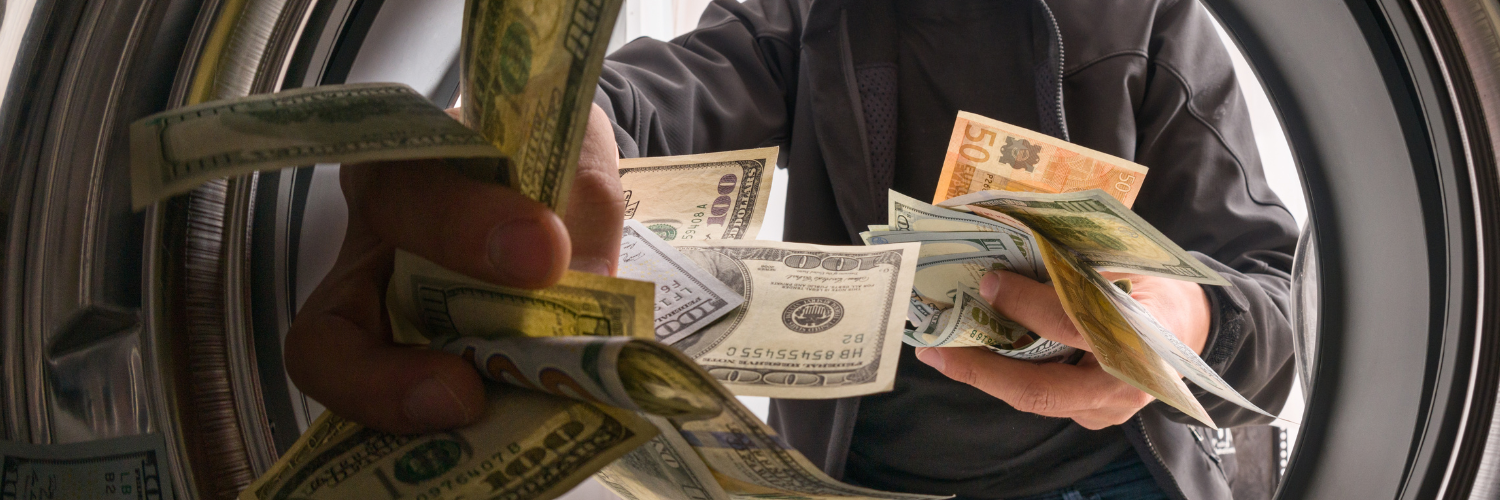

Binance: timeline of a regulatory crackdown
The resignation of its founder, Changpeng Zhao, after a plea deal with the US Department of Justice on criminal money laundering charges, raises questions about the future of the world’s largest cryptocurrency exchange platform. We take a chronological look at the key events that have undermined the credibility of the cryptocurrency giant.
Binance is not going through the best of times. The admission of guilt that took place last week as a result of an agreement between Changpeng Zhao, former CEO and founder of the platform, and the US Department of Justice, comes after two years of investigations since the competent authorities determined that the company had not registered as an operator in the country, a requirement to buy and sell cryptocurrencies.
Prosecutors said that between August 2017 and October 2022, Binance and its founder engaged in a “calculated and deliberate effort” to operate in the United States without respecting the relevant regulatory standards. The $50m fine for Zhao and $4.3bn for Binance, agreed with the Department of Justice, culminates a saga of legal battles that have plagued the popular cryptocurrency exchange in recent months.
Allegations of lack of transparency in the use of funds
In February this year, a Reuters investigation revealed that Binance bank records and internal messages showed that the company had secret access to a bank account belonging to its supposedly independent US operator and that, during the first few months of 2021, it transferred more than $400 million from this account to a company managed by Changpeng Zhao.
A few months later, sources consulted by Reuters warned that Binance was not differentiating its funds from its customers’ funds, in breach of the US financial regulatory framework that requires customers’ money to be kept separate. Although Reuters was unable to independently verify the amounts and frequency of the transfers, one of the sources with direct knowledge of the Binance group’s finances said the transactions amounted to billions of dollars and took place almost daily in accounts at Silvergate Bank.
The authorities’ growing concern about Binance’s operations was evident when, also in February, the New York State financial regulator urged Paxos, the issuer of BUSD (one of the most popular stablecoins on the market) managed by Binance, to cut all ties with the platform and to stop issuing the token, after finding out that it could not do so in a “secure” manner.
Lawsuit and asset freeze
On 5 June, the US Securities and Exchange Commission (SEC), the federal agency tasked with protecting investors and maintaining the integrity of the securities markets, filed a lawsuit against Binance, Changpeng Zhao and several entities within the platform’s corporate conglomerate.
The SEC charged all parties with 13 counts, including crossing customer funds and diverting them to accounts under Zhao’s control. Gary Gensler, chairman of the SEC, said: “Through thirteen charges, we allege that Zhao and Binance entities engaged in an extensive web of deception, conflicts of interest, lack of disclosure, and calculated evasion of the law”.
Although in September the judge in charge of the case denied the SEC’s request to inspect Binance’s systems and the platform’s lawyers recently asked the court to consider ceasing the investigation on the grounds that the regulatory agency has no evidence that assets were misappropriated, the country’s top financial regulator is persisting in its investigation into whether Binance committed fraud.
On 9 June, banks working with Binance cut off their access to the US banking system. The platform’s executives made clear their displeasure with the regulatory authority and that this action significantly complicated Binance’s operations in the United States, “The SEC has taken to using extremely aggressive and intimidating tactics in its pursuit of an ideological campaign against the American digital asset industry. Binance US and our business partners have not been spared in the use of these tactics, which has created challenges for the banks with whom we work”.
Investigations in Europe and Latin America
Binance faced further problems in Europe and Latin America when it was also the target of investigations in the Netherlands, France and Brazil, where the platform had difficulty obtaining an operator’s licence or was accused of operating fraudulently to evade law enforcement.
As a result, Binance decided to leave the Dutch market, citing a lack of licence to operate in the country, while still facing charges in the other two countries. On the other hand, it recently announced that it would sell all its assets, exchange services and trading operations in Russia to CommEx.
A few months later, it was confirmed that FTX (the cryptocurrency platform that went bankrupt after a corruption case) had used client funds to buy Binance’s stake in FTX. Another setback for the disgraced cryptocurrency exchange platform that would serve as a prelude to the events that took place on 21 November.
The future of Binance is uncertain, and thousands of users have already transferred their funds to other exchanges that conform to the European regulatory framework and offer more security. This is the case of Bitvavo, which 11Onze Recommends, an exchange platform that is registered with the Dutch Central Bank, where its depositors have access to the guarantee fund and which uses cold wallets to avoid cybercrime.
The process of transferring funds between the two exchanges is not complicated, you just have to go through a series of simple steps that we explain in this tutorial. If you want to register on the platform, you can do so through the 11Onze Recommends link.
Leave a Reply
You must be logged in to post a comment.





Merci
Gràcies pel teu suport incondicional, Manel!!!
Gràcies
Gràcies a tu pel continuat suport, Joan!